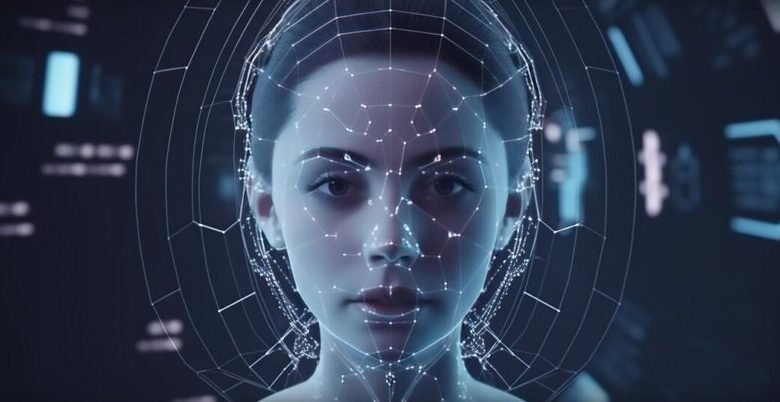How AI Face Swap Technology Works Behind the Scenes

AI face swap technology exemplifies the intersection of facial recognition and image synthesis, employing intricate algorithms to detect and replicate facial features with remarkable precision. By leveraging high-resolution images and extensive training datasets, these systems produce visually convincing alterations that challenge our perceptions of authenticity. However, as the technology advances, it raises critical ethical questions regarding consent and misinformation that warrant careful consideration. Understanding the mechanics behind such innovations is essential to grasp their broader implications in today’s digital landscape. What lies beneath the surface of this sophisticated technology, and how might it shape future interactions?
Understanding AI Face Swap Basics
As artificial intelligence continues to evolve, the concept of face swapping has gained prominence, particularly in the realm of digital media and entertainment.
Central to this technology are advanced face detection algorithms that identify facial features, coupled with sophisticated image synthesis techniques that create realistic alterations.
The interplay of these elements not only enhances visual storytelling but also raises ethical considerations regarding identity and authenticity in digital realms.
See also: How to Start a Real Estate Investment Group
Key Algorithms and Techniques
The advancements in AI face swap technology are underpinned by several key algorithms and techniques that contribute to its effectiveness and realism.
Central to this process are sophisticated facial recognition systems that accurately identify and map facial features, combined with advanced image processing techniques that seamlessly blend swapped faces into target images.
These innovations enable highly convincing and dynamic visual alterations, empowering creative expression and exploration.
Data Collection and Training
While the effectiveness of AI face swap technology relies heavily on advanced algorithms, the quality of the outputs largely depends on the data collection and training processes employed.
Key elements include:
- Diverse data sources
- High-resolution images
- Balanced demographic representation
- Rigorous training models
- Continuous feedback loops
These factors together enhance the model’s ability to produce realistic and seamless face swaps, ensuring an engaging user experience.
Ethical Considerations and Impacts
Although AI face swap technology presents innovative opportunities for creative expression and entertainment, it simultaneously raises profound ethical considerations that warrant careful examination.
Privacy concerns emerge as individuals may unknowingly become subjects of manipulated content, while consent issues challenge the integrity of personal likenesses.
Therefore, navigating these ethical landscapes is crucial to ensuring responsible use that respects individual autonomy and fosters trust in digital interactions.
Conclusion
In the intricate tapestry of digital manipulation, AI face swap technology emerges as a double-edged sword. While it showcases the brilliance of modern algorithms and the artistry of image synthesis, it simultaneously raises ethical dilemmas that demand scrutiny. As the line between reality and illusion blurs, vigilance becomes paramount in navigating the implications of this powerful tool. Ultimately, the responsibility lies in harnessing this technology wisely, ensuring that creativity does not eclipse the fundamental principles of integrity and consent.





